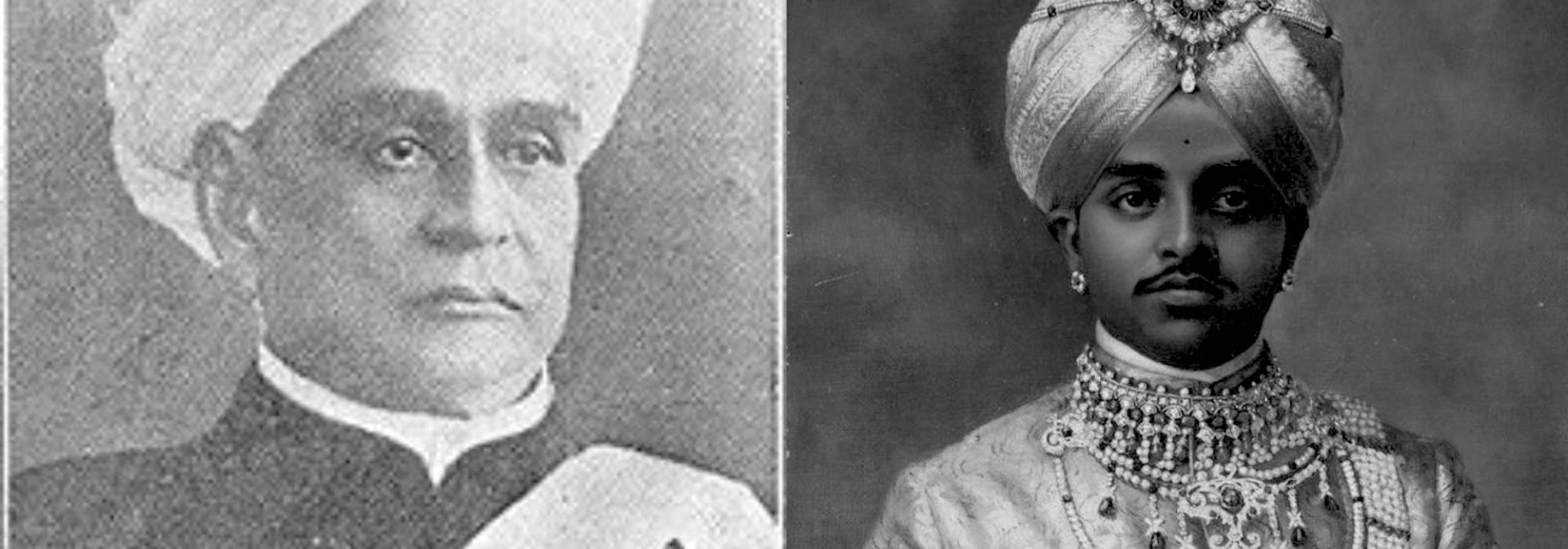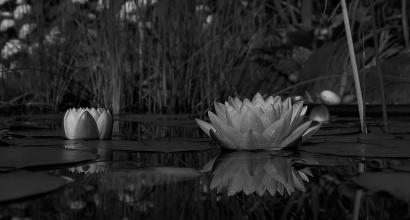In examining the aforementioned five questions related to the Princely States and British, DVG covers a panoramic sweep providing a detailed and highly nuanced picture of the political, social, economic, religious and cultural situation of India at the time. His treatment of and expositions on the conditions of British-ruled India and the freedom movement has already been covered in the earlier chapters.
The substance of DVG’s writing on the Princely States can be summarized as follows:
- A comprehensive picture of their present condition based on a thorough historical analysis.
- A balanced view that considers both the shortcomings and the value of the Princely States to India.
- Warnings, suggestions and recommendations to the Princely States on the urgent need for reform and the precise reforms that were required.
- The place and status of the Princely States after India eventually attained independence.
A key factor based on which DVG argues his case for the Princely States is the position of the King of England in the democratic republic of Great Britain: he is a Constitutional King. Given the overwhelming worldwide dominance of British power during that period, DVG considers it appropriate to call England as “our political Guru.” It was one thing for England to military conquer large parts of India but an entirely different thing to sustain such a massive and diverse country and ancient culture for so long. What was the character of such a world-power, which was also a constitutional monarchy and a democratic republic? DVG provides a tangential[1] answer: “the rise of democracy does not mean the subversion of the throne.” Our “political Guru” had indeed retained this practice and custom, as old as civilization itself for a deep-rooted reason: the value of tradition in maintaining the continuity of the collective memories of a nation embodied in an overarching person who represents this. In DVG’s words, this Sovereign[2] person
impresses the common people as the very personification of the State, evokes their patriotism and secures their ready confidence for the government…[and] sets a high example of civic and social virtues with an influence which none else can command…He is the centre and the moving force, but not the manufacturing part of the machinery.
Both history and experience show that while the monarch’s administration could be criticized for its faults, the monarch as a person was mostly regarded with awe and exalted respect. This largely holds true even today for the Queen of England.
DVG divides this British political system into two parts:
- The “reverence-inspiring” or dignified part represented by the monarch.
- The working or efficient part comprising the constitutional head of state, the bureaucracy, army, judiciary, police, and so on.
Thus, one of DVG’s profound appeals to the rulers of Princely States was to adopt this system in their own dominions and shape it according to their unique local necessities and traditions. In his words, what these Princely States needed[3] was the “grace on the part of the Sovereign to accept a constitutional position for himself.” He calls such a system a “crowned democracy,” and one of its incalculable virtues was the stability of the ages, something that is impossible to build overnight. This was in a way, the very antithesis of a presidential government imbued[4] with “electioneering corruption, uncertain purposes and unsteady policies, and with no permanent and superior living force to harmonize and moderate its factious elements.”
Decades later, the iconic Prime Minister and maker of modern Singapore, Lee Kuan Yew would echo[5] DVG when he said that the
…exuberance of democracy leads to undisciplined and disorderly conditions which are inimical to development… Democratic procedures have no intrinsic value…the government’s primary duty is to create a stable and orderly society where people are well cared for…Democracy is one way of getting the job done, but if non-electoral procedures are more conducive to the attainment of valued ends, then I’m against democracy. Nothing is morally at stake in the choice of procedures.
On another occasion, Lee Kuan Yew deplored a marked practice of American public life: of using abusive and vulgar language against the President himself. Like DVG, he said that this was actually a degradation and not a virtue of that country where in the name of unfettered individual freedom, the highest office of the land is subjected to routine debasement. This is how he makes the contrast:
In the East, the main object is to have a well-ordered society so that everybody can have maximum enjoyment of his freedoms. This freedom can only exist in an ordered state and not in a natural state of contention and anarchy.
This neatly ties in with DVG’s observation about factious elements in a democracy and how an amorphous body of the electorate cannot ensure social and political harmony simply by voting.
Thus, in urging the rulers of the Princely States to become constitutional monarchs modelled after England, DVG actually makes a case for their elevation because while the nation itself is divided into various political parties, “the crown is of no party” and its separation from the active business of the state “removes it from enmities and desecration, which…enables it to combine the affection of conflicting parties.” In hindsight, we can reasonably say that DVG in many ways based this prescription on what he observed in the Mysore Princely State. He had enormous respect and reverence for Krishnaraja Wodeyar IV for this precise reason and has dedicated a highly moving obituary to this Rajarshi (Sage-like King). Equally, his learned essay describing the administrative and governance system of the Wodeyars is a complementary reading of sorts as we shall see. Under the Diwanship of V.P. Madhava Rao, for the first time, the Mysore State empowered the members of the Mysore Legislative Assembly to pass laws. It heralded an enlightened first step towards constitutional monarchy. DVG’s magnificent biography of Madhava Rao fleshes out this landmark reform in brilliant detail. Needless, the selfsame Krishnaraja Wodeyar IV under whom Madhava Rao flourished, blessed this reform and elevated himself to the status where he became[6] the “visible symbol of and the unifying bond of a democracy. He [was] above the region of political disputation.”
This constitutional reform also formed one of the foundations on which DVG based his advocacy[7] of Responsible Government for Mysore in later years. In DVG’s view,
The system of Responsible Government is not the abolition of monarchy; on the contrary, it is the surest way of consolidating the position of the monarch.
Thus, if the Mysore State could provide such a healthy, peaceful and prosperous regime despite strangling constraints, if it could introduce constitutional monarchy in a measured fashion, there was no reason other Princely States could not do the same.
But there were reasons and they were plenty. The chief reason was the very nature of a majority of the Princely States as we shall see.
To be continued
Notes
[1] Memorials on the Problems of Native States—III, Selected Writings of D.V. Gundappa, Vol I, Gokhale Institute of Public Affairs, 2020, Bangalore p 224. Italics added.
[2] Ibid. pp 224-6. Emphasis added.
[3] Ibid. p 225
[4] Ibid. p 226
[5] Quoted in, Graham Allison, Lee Kuan Yew: The Grand Master’s Insights on China, the United States, and the World, Penguin Random House, 2020
[6] Memorials on the Problems of Native States—II, Selected Writings of D.V. Gundappa, Vol I, Gokhale Institute of Public Affairs, 2020, Bangalore p 212. Italics in the original.
[7] For a detailed discussion, see Chapter 6: Rough and Tumble of Politics










































